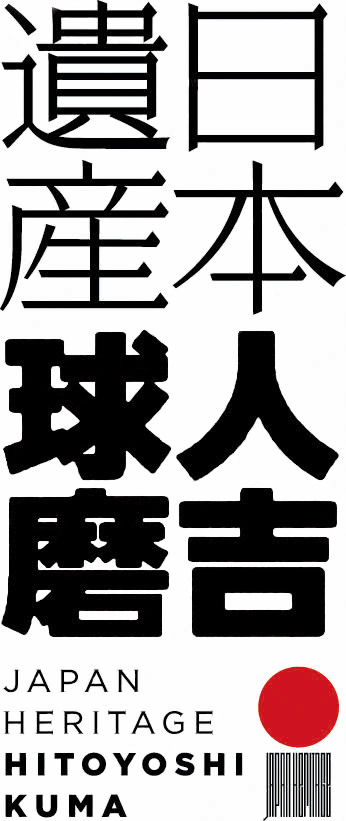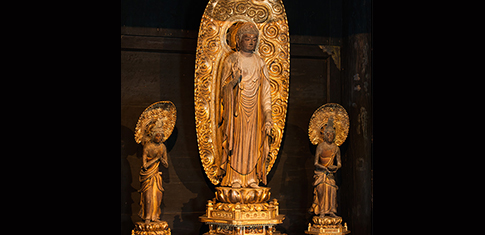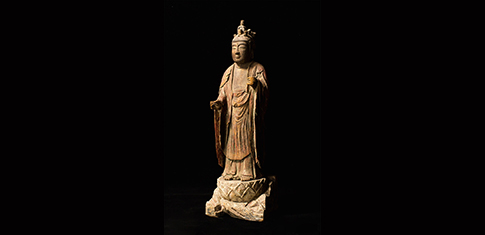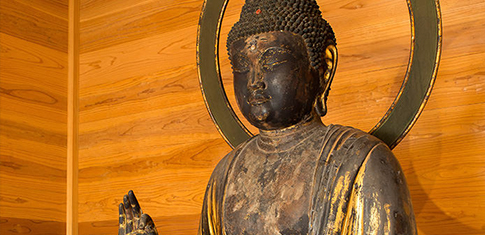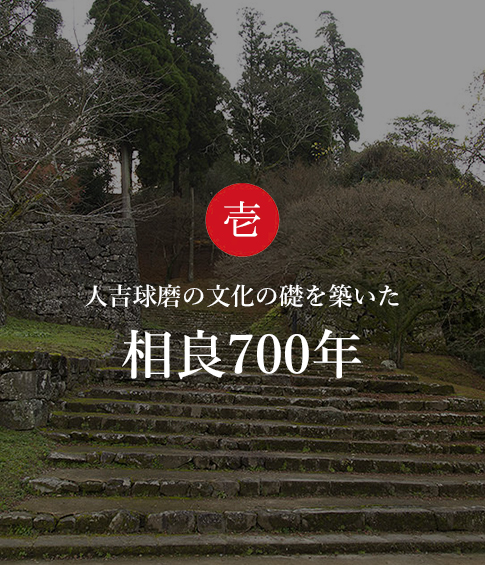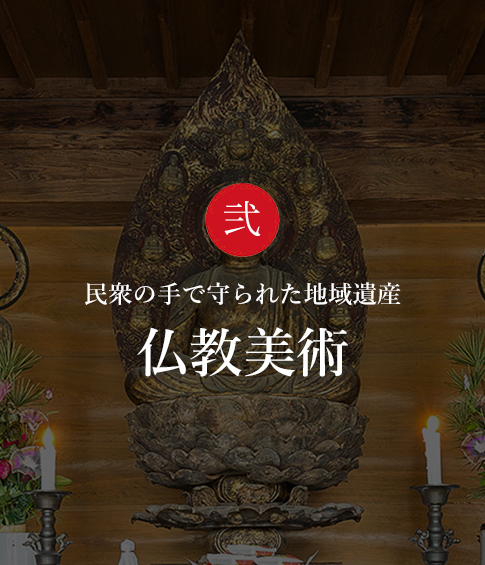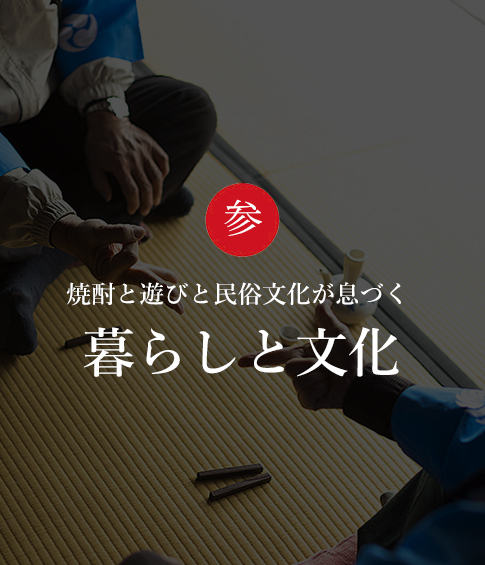Local Heritage Cared for by Common Folk
Buddhist Art
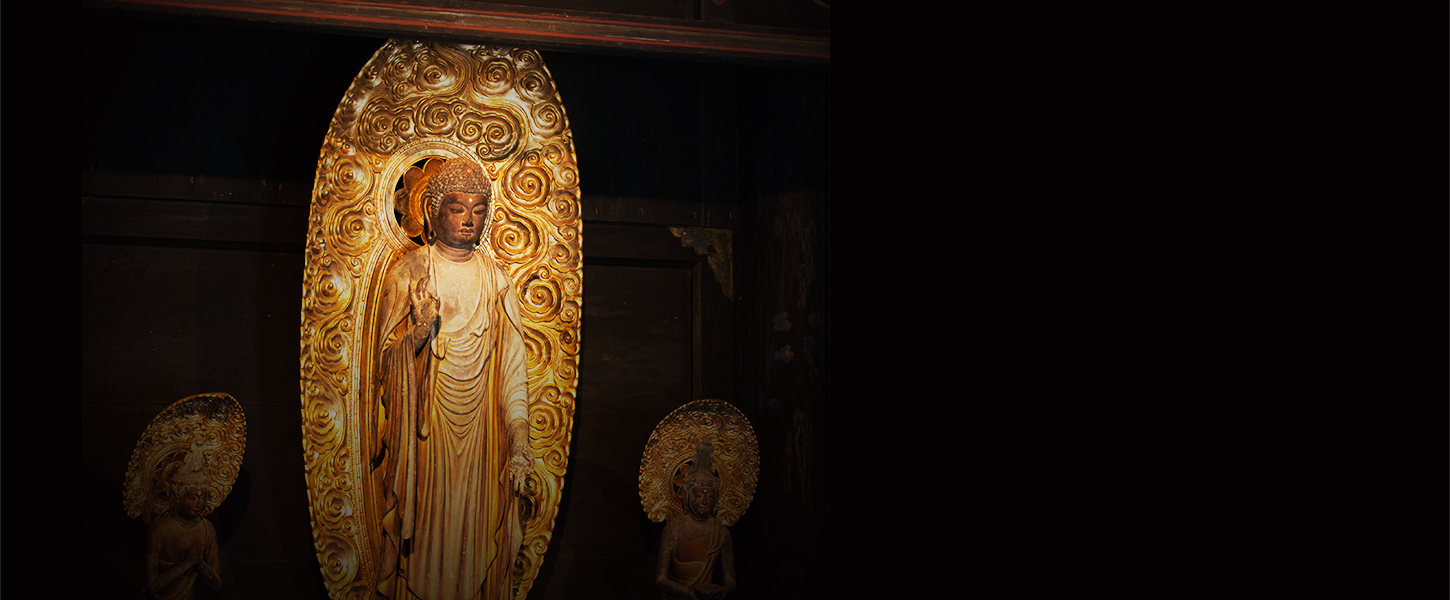

Faith alive and strong in the daily lives of the local people protects a valuable historical heritage and culture.
The Sagara were incredibly open-mindedly rulers who accepted previous cultures, calmed the spirits of the ruling families whom they vanquished by enshrining them as deities, and actively integrated with different cultures and adopted the most advanced architectural technologies of the day. The Sagara even constructed thatch-roofed buildings like those seen in the capital of Kyoto, and the clan itself took the lead in holding festivals and ceremonies in the region.
The common people, who were enamored of their rulers, began to take pride in the exquisite structures being built in their region. Thankful to the lords who built up the land, the commoners felt pride in their local culture, and began to maintain and manage local temples and shrines to protect it. This commitment on the part of the people of the Hitoyoshi Kuma region to protecting its cultural assets lives on to this day. While thatched-roof buildings have all but disappeared throughout most of Japan, they can still be seen here, seemingly frozen in time, standing proudly among their modern surroundings.
From the perspective of Buddhist art as well, Hitoyoshi Kuma is a phenomenal region. Its many Buddhist statues, so ancient that they predate even the Sagara clan, are carefully preserved in a way considered “normal” by the people of the region despite being anything but. This strong, abiding faith in Shinto and Buddhist deities has been passed down in this region, along with the belief that local heritage should be preserved by the local people. The 33 Kannon of the Sagara is an exemplary case of this unique perspective on religion. These statues are kept out of sight, behind the closed doors of small shrines, but are unveiled for viewing during the weeks of the spring and autumn equinoxes, in which many visitors embark on a pilgrimage to all 33 sites. These pilgrims, in addition to being able to see the Kannon, also receive a warm reception from the locals, who bring home-cooked dishes to welcome visitors to the sacred sites of their homeland.
Many other pieces of Buddhist art can be spotted elsewhere, including ancient Buddhist statues that date back over 1000 years ago to the Heian and Kamakura periods, and elegant works by master Buddha statue sculptors from Kyoto. These are all valuable artifacts, yet they are all found within small local temples and shrines, simply as parts of the scenery of everyday life. The way these cultural assets are still so lovingly preserved by the local people long after the Sagara clan’s rule has ended, and the notion that this is normal, is a truly noteworthy aspect of the Hitoyoshi Kuma region.

To list of Buddhist Art

